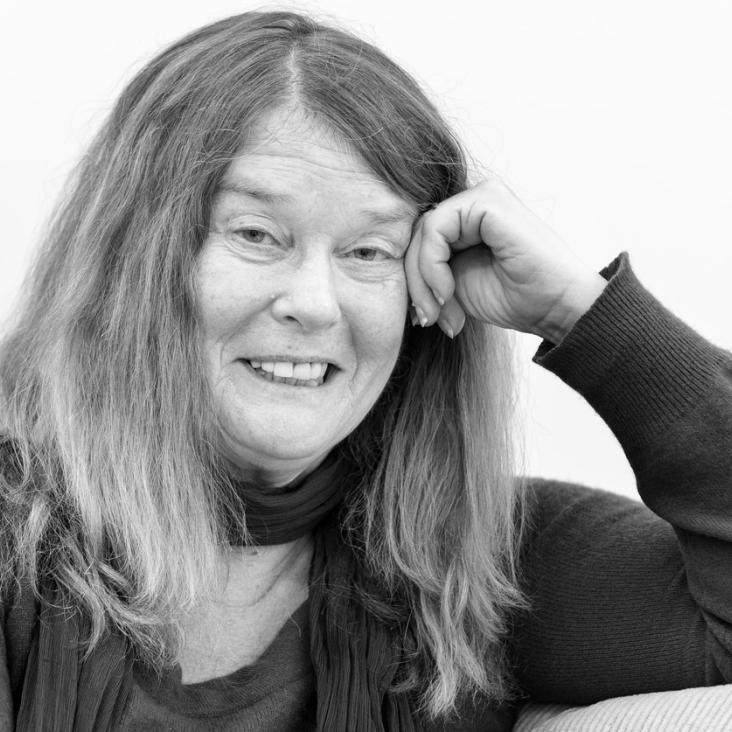Combination of searches for heavy spin-1 resonances using 139 fb − 1 of proton-proton collision data at s = 13 TeV with the ATLAS detector
Journal of High Energy Physics Springer 2024:4 (2024) 118
Abstract:
A combination of searches for new heavy spin-1 resonances decaying into different pairings of W, Z, or Higgs bosons, as well as directly into leptons or quarks, is presented. The data sample used corresponds to 139 fb−1 of proton-proton collisions at s = 13 TeV collected during 2015–2018 with the ATLAS detector at the CERN Large Hadron Collider. Analyses selecting quark pairs (qq, bb, tt¯, and tb) or third-generation leptons (τν and ττ) are included in this kind of combination for the first time. A simplified model predicting a spin-1 heavy vector-boson triplet is used. Cross-section limits are set at the 95% confidence level and are compared with predictions for the benchmark model. These limits are also expressed in terms of constraints on couplings of the heavy vector-boson triplet to quarks, leptons, and the Higgs boson. The complementarity of the various analyses increases the sensitivity to new physics, and the resulting constraints are stronger than those from any individual analysis considered. The data exclude a heavy vector-boson triplet with mass below 5.8 TeV in a weakly coupled scenario, below 4.4 TeV in a strongly coupled scenario, and up to 1.5 TeV in the case of production via vector-boson fusion.Search for a resonance decaying into a scalar particle and a Higgs boson in the final state with two bottom quarks and two photons in proton-proton collisions at a center of mass energy of 13 TeV with the ATLAS detector
ArXiv 2404.12915 (2024)
Search for the non-resonant production of Higgs boson pairs via gluon fusion and vector-boson fusion in the $b\bar{b}τ^+τ^-$ final state in proton-proton collisions at $\sqrt{s} = 13$ TeV with the ATLAS detector
ArXiv 2404.1266 (2024)
Electroweak, QCD and flavour physics studies with ATLAS data from Run 2 of the LHC
ArXiv 2404.06829 (2024)


